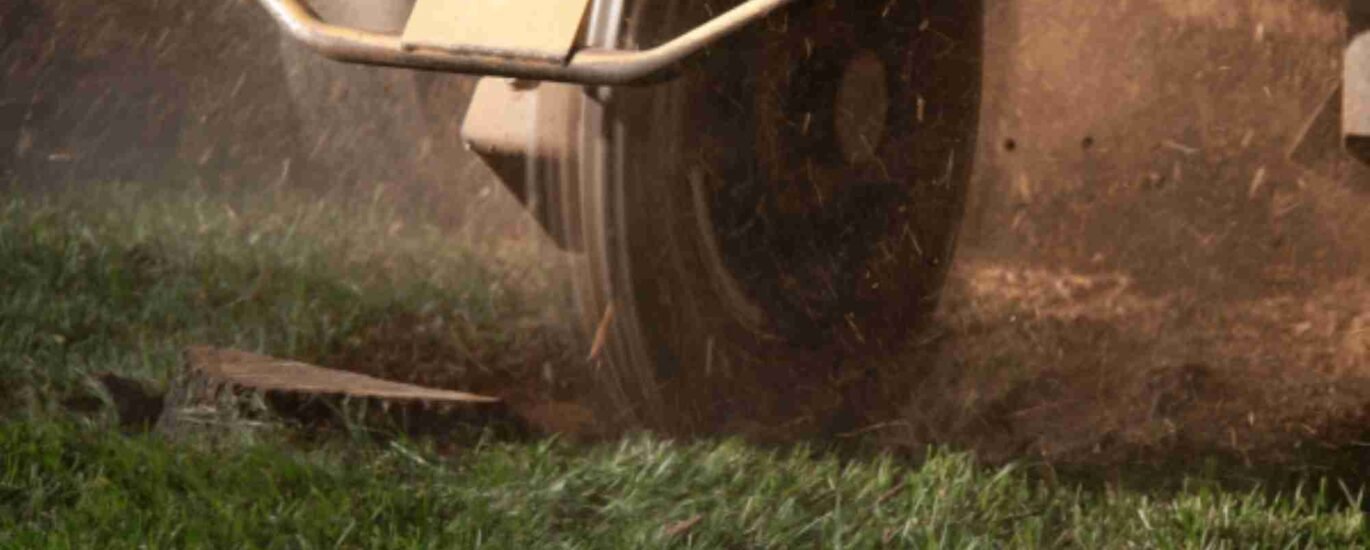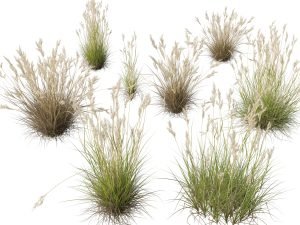Removing a tree is just the beginning. After the branches are gone and the trunk hauled away, one stubborn piece remains: the stump. That’s where stump grinding comes in. Whether you’re cleaning up your yard or preparing for a landscaping project, removing the stump is crucial for safety and aesthetics.
In this guide, we’ll dig deep (literally) into what stump grinding is, how it works, the benefits, and whether you should hire a pro or do it yourself.
What Is Stump Grinding?
Stump grinding is the process of removing the visible portion of a tree stump by using a specialized machine called a stump grinder. This powerful tool grinds the stump down below ground level, turning it into small wood chips.
Unlike full stump removal, which includes extracting the entire root system, stump grinding focuses on removing the stump efficiently and without digging up your entire yard.
Why You Should Remove Tree Stumps
Leaving a stump in your yard might seem harmless, but it can lead to several problems.
Top Reasons to Remove a Tree Stump:
-
⚠️ Safety Hazards: Stumps are trip hazards, especially for kids and lawn equipment.
-
🐜 Pest Attraction: Termites, ants, and other insects love rotting wood.
-
🌱 Regrowth: Some trees may sprout new shoots from the stump.
-
👎 Unattractive Look: Stumps ruin the visual appeal of a clean, landscaped yard.
-
🛠️ Interferes With Landscaping: Hard to mow or plant around.
How Stump Grinding Works
Step-by-Step Process:
-
Assessment
The tree service technician inspects the stump’s size, location, and depth. -
Preparation
The area is cleared of rocks, debris, and obstacles. -
Grinding
A stump grinder with a rotating cutting disk is used to shave the stump down 6–12 inches below ground. -
Clean-Up
Wood chips are either removed or used as mulch. You can also fill the hole with soil. -
Optional:
Backfilling the area with topsoil and planting grass or flowers.
Stump Grinding vs. Stump Removal
| Stump Grinding | Stump Removal |
|---|---|
| Quick and less invasive | Involves digging up roots |
| Leaves roots to decay naturally | Removes entire root system |
| More affordable | More labor-intensive and costly |
| Minimal yard damage | Can cause lawn disruption |
Verdict: For most homeowners, stump grinding is the better choice unless you’re doing major excavation.
How Much Does Stump Grinding Cost?
Pricing depends on stump size, accessibility, and location.
Average Costs (U.S.):
-
Small stumps: $75–$150
-
Medium stumps: $150–$300
-
Large stumps: $300–$600+
Some companies charge per inch in diameter or have a minimum service fee.
💡 Pro Tip: If you’re already removing a tree, ask if the price includes stump grinding—some companies bundle it in.
Can I Grind a Stump Myself?
Yes, but… it’s not for everyone.
DIY Stump Grinding Pros:
-
Save money
-
Tackle the job on your schedule
DIY Cons:
-
Renting a stump grinder costs $100–$250/day
-
Machines are heavy and hard to operate
-
Risk of injury or property damage
-
Not ideal for multiple stumps
Unless you’re experienced with heavy equipment, it’s safer and easier to hire a pro.
Hiring a Professional: What to Look For
When choosing a stump grinding service, consider:
-
✅ Licensed and insured
-
✅ Experienced operators
-
✅ Modern, well-maintained equipment
-
✅ Good online reviews or local referrals
-
✅ Clear pricing with no hidden fees
Ask if they clean up wood chips or leave them behind (some people use them as mulch).
What Happens to the Roots After Grinding?
Stump grinding doesn’t remove the roots, but they’ll naturally decompose over time—usually within 5–10 years.
You may notice:
-
Small sinkholes as the roots rot
-
Mushrooms or fungi during decomposition
This is normal and not harmful.
Can You Plant Where a Stump Was Ground?
Yes, but it’s best to wait a bit.
Tips for planting on a ground stump site:
-
Remove wood chips and replace with topsoil
-
Let the area settle for a few weeks
-
Choose smaller plants or grass first
-
Add nutrients to balance the decaying wood
Avoid planting another large tree in the same spot due to old roots.
How Long Does It Take to Grind a Stump?
Most stumps take 30 minutes to 2 hours, depending on:
-
Size of stump
-
Wood hardness
-
Machine power
-
Access to the site
Larger stumps or difficult locations may take longer.
Stump Grinding Safety Tips (If DIY)
-
🦺 Wear protective gear: goggles, gloves, hearing protection
-
🚫 Keep kids and pets away
-
⚠️ Check for underground utilities before starting
-
⛑️ Never operate without training or instructions
Eco-Friendly Ways to Use Stump Grindings
Don’t toss those wood chips! Use them to:
-
Mulch garden beds
-
Create natural pathways
-
Compost piles
-
Erosion control on slopes
Conclusion
Stump grinding is the fastest, cleanest, and most cost-effective way to remove unwanted tree stumps from your yard. It prevents hazards, deters pests, and opens up space for future landscaping.
Whether you’re handling one stump or cleaning up after a major tree removal, investing in professional stump grinding is a smart move for both your safety and curb appeal.
FAQs
1. How deep does stump grinding go?
Most stump grinders remove stumps 6–12 inches below ground level.
2. Will the tree grow back after stump grinding?
No, grinding prevents regrowth in most cases. But some aggressive species may sprout new shoots if roots are still alive.
3. Can I rent a stump grinder?
Yes. Most equipment rental centers offer stump grinders for $100–$250 per day.
4. Is stump grinding noisy?
Yes—it’s a loud process, similar to a chainsaw. Wear ear protection if nearby.
5. Are stump grinding and stump removal the same thing?
No. Grinding removes only the stump, while full removal digs out the entire root system.






